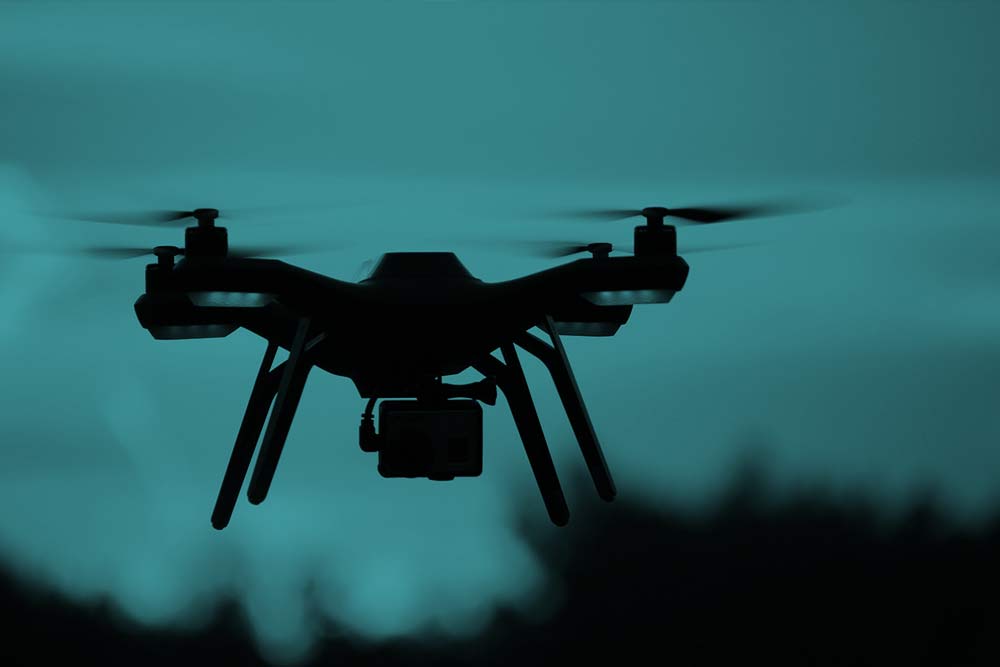
This German based study aims to perform a systematic scoping review on experimental studies examining the human drone interaction in deliveries of defibrillators.
Methods: Two databases (MEDLINE and CINAHL) and references of identified publications were searched without narrowing the year of publication or language. Studies that investigated the human drone interaction or medical delivery with drones in an experimental manner were included (research articles). All studies that only simulated the delivery process were excluded. Results: The search revealed 83 publications with four studies being included. Three categories of human drone interaction were identified: landing, handover, and communications. Regarding landing and handover, the most important issue was the direct physical contact with the drone while regarding communications users need clearer instructions about drone´s direction, sound and look like.
Discussion: The identified studies used technology-driven approaches by investigating human drone interaction in already existing technologies. Users must become integral part of the whole development process of medical drone services to reduce concerns, and to improve security, usability and usefulness of the system. Human drone interaction should be developed according to the identified categories of human drone interaction by using demand- and technology-driven approaches






